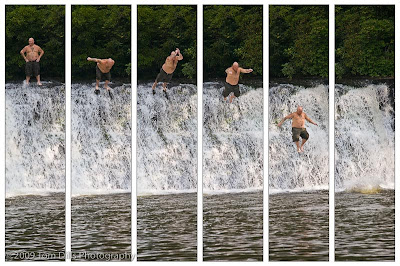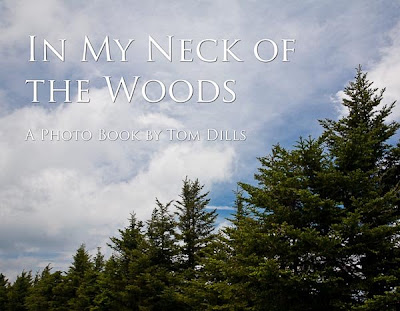
I’m a lover of quotes, although I don’t spend nearly enough time digging them up, and I certainly don’t do a good job of remembering them. But I find knowledge and comfort in them.
In keeping with the theme of my previous post, I am reading books in an attempt to learn about photography history. The book I just finished, although I’m not sure my reading did the content justice as it is written in a style that requires a lot more concentration than I was able to give it, is “Why People Photograph, Selected Essays and Reviews” by Robert Adams. Published in 1994, some of the technology references are out of date, but the book is not about technology. The book covers topics from random thoughts on photographic subjects, to examples of success using real-life stories of successful photographers to the author’s personal experience and philosophies about photography and life in general.
In the chapter titled “In The Nineteenth Century West” Adams is discussing the photographic exploration of the western United States in the 1800’s and contrasting it with the present day noise, pollution and overdevelopment that is rampant everywhere, but is especially notable when looking at early views of the country such as those of Timothy O’Sullivan and William Henry Jackson and comparing them with the views we see today. He talks about how the change in our mode of transportation from wagon to automobile, and the speed at which we experience the passing countryside, impacts our perception of the size of the space through which we pass.
Adams says:
“To put it another way, if we consider the difference between William Henry Jackson packing in his cameras by mule, and the person stepping from his car to take a picture with an Instamatic, it becomes clear how some of our space has vanished. If the time it takes to cross space is a way by which we define it, then to arrive at a view of space “in no time” is to have denied its reality.”
And the line that grabbed my attention and made me stop and think:
“Little wonder that we, car-addicted, find the old pictures of openness – pictures usually without any blur, and made by what seems a ritual of patience – wonderful. They restore to us knowledge of a place we seek but lose in the rush of our search. Though to enjoy even the pictures, much less the space itself, requires that we be still longer than is our custom.”
How many times, in this age of Twitter and cell phone cameras and 7-step bracketed HDR exposures do we go blasting through the countryside in search of some iconic trophy shot, completely ignoring the beauty of the scene through which we pass, only to arrive at our supposed destination to grab what’s there and move on to the next stop on our checklist? How many of us ignore the beauty in our own back yard while we go rushing off to some iconized destination to set up our tripod right next to 49 of our closest friends?
A few days ago I made an offer to our local CNPA chapter to come out and spend time on the Torrence Creek Greenway that runs through my neighborhood and has an access trail literally across the street from my house. A few of the folks who would otherwise have attended were out of town, and it was a Friday so a lot of people were working, but only one other person showed up. My good friend and shooting buddy John Schornak and I spent a couple of hours in one spot, shooting the beauty in my back yard, in an area about ¼ mile from my house. Did we come back with iconic shots? Probably not, but we had a good time and it gave us a chance to spend some time in nature. Undiscouraged, I plan to make the offer again soon.
This past weekend a few of us spent a day on the Blue Ridge Parkway near Linville Falls. We were there the entire day, some of us from sunrise until after sunset. Some of us didn’t even go to the falls, but we got some wonderful shots from right beside the road or, in the case of the image accompanying this post, right next to the parking lot in the picnic area! I have a whole database of sunrise and sunset locations in that area. Linville Falls is one of the most beautiful natural landmarks in North Carolina, but for me the beauty of the day was to enjoy where I was, what I was doing and let nature speak to me, not running around, dodging tourists and other photographers to try and capture the same images as everyone else.
So the next time you get ready to head out the door for that trophy destination, think about the “place we seek but lose in the rush of our search” and instead seek out that place where we can “be still longer than is our custom.”










